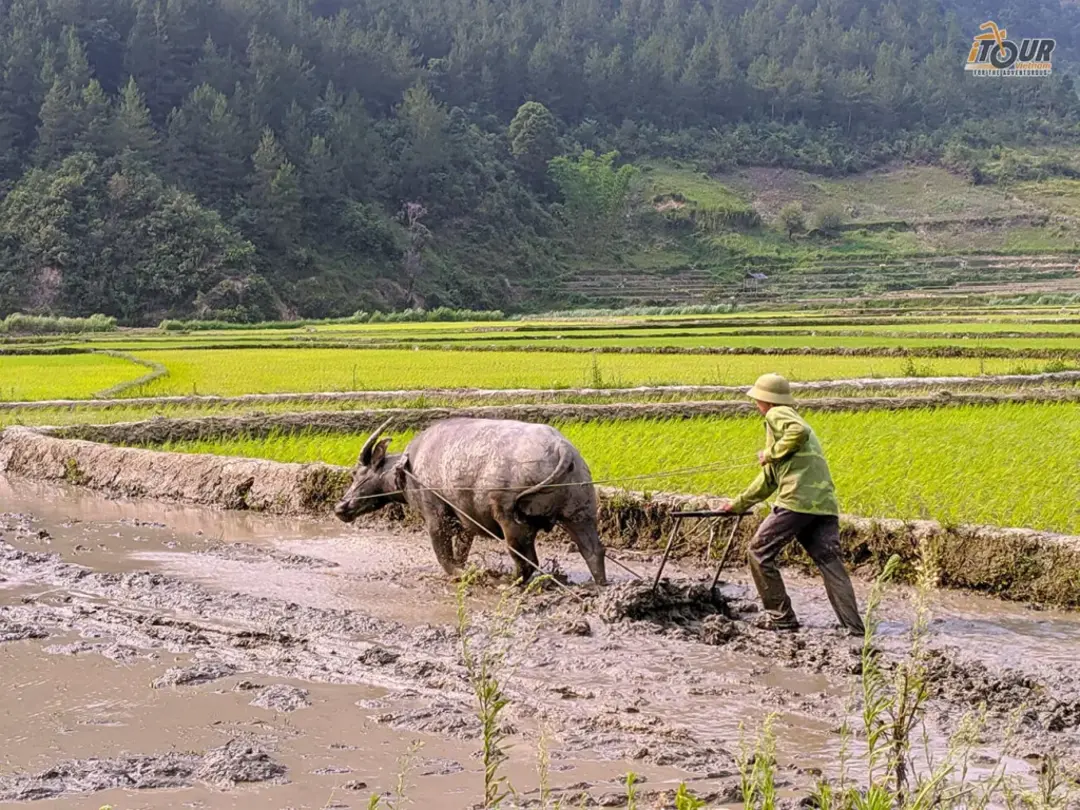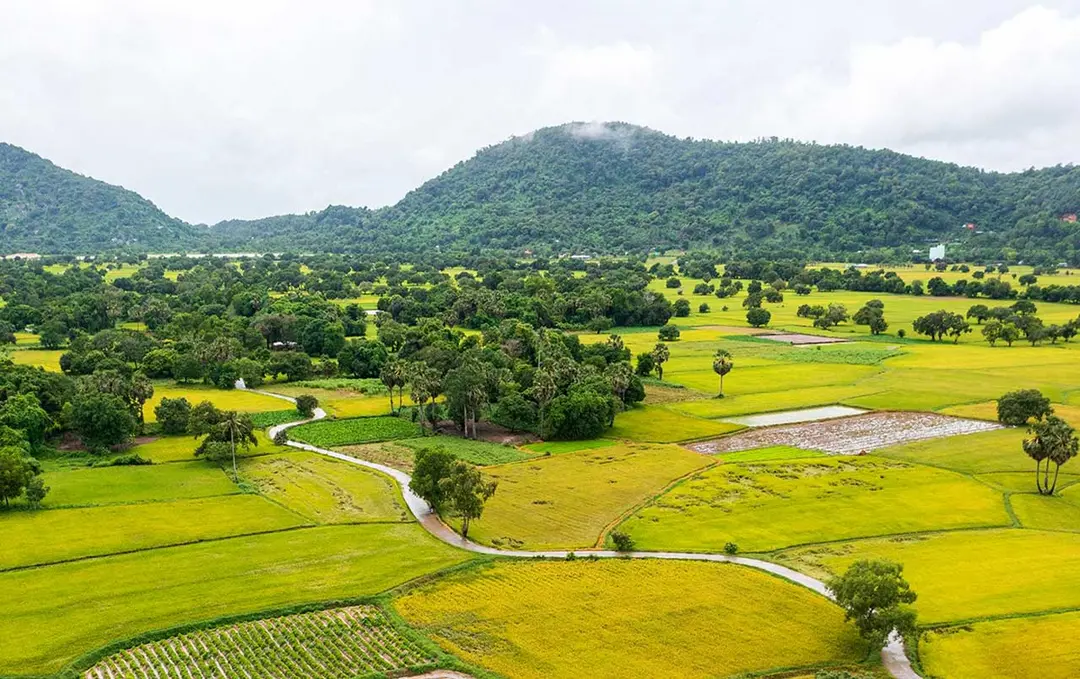Mekong delta rice fields are among the world’s most iconic agricultural landscapes. This visual and factual guide delivers high-quality images and concise insights into where the fields are found, what sets them apart, and why thousands are drawn to witness their beauty—ideal for anyone seeking visual inspiration, trip planning advice, or a deeper appreciation of Vietnam’s rural heart.
High-Quality Images and Overview of the Mekong Delta Rice Fields
Signature Landscapes: Visuals of the Mekong Delta Rice Fields
Photographs of mekong delta rice fields reveal vast stretches of vivid green paddies during the growing season and golden fields at harvest, featuring raised footpaths, traditional-hatted farmers, grazing water buffalo, and sugar palm trees on the horizon. During planting, fields reflect the sky as they flood, crisscrossed with waterways, boats, and nearby rural villages.

Prime photo spots include An Giang’s Ta Pa rice field and sugar palm groves, rice paddies in the Can Tho countryside, and the fields around Chau Doc.

Location, Overview, and Distinctive Features
The Mekong Delta is located in southern Vietnam, just south of Ho Chi Minh City, comprising 12 provinces and often referred to as ‘Vietnam’s rice bowl.’
Its landscape is defined by flat, highly fertile land created by Mekong River deposits and is crisscrossed by a network of canals and rivers, perfect for irrigated rice agriculture.
About 80% of the region’s population depends on rice farming, with the contiguous fields making it Vietnam’s largest rice-producing area—yielding roughly half the country’s total rice.
The fields’ patchwork appearance is shaped by staggered harvesting and unique farming traditions—especially among Khmer communities in An Giang—resulting in eye-catching patterns and color mosaics.
Best Seasons and Times to Visit
During the planting season (April–June), the flooded fields create mirror-like vistas ideal for photography.
The growing season (July–September) covers the mekong delta rice fields in vibrant green as the rice matures.
The harvest season (September–October, or May in An Giang/Can Tho) sees the paddies glow gold—making this the top time for colorful photos.
In Can Tho and An Giang, March–May is especially recommended, with fields transitioning before the onset of floods.
Cultural and Agricultural Impact
Rice cultivation is the foundation of daily life and the economy in the Mekong Delta, with rice providing 75% of the local diet and supporting millions of rural families.
The rice-farming calendar sets the schedule for local festivals, communal work, and food culture. Many farmers blend traditional aquaculture—such as shrimp and fish farming—directly into their rice paddies.
Tours and Local Experiences
Travelers can book countryside bike and walking tours through the mekong delta rice fields, join cacao farm visits, enjoy sunset cycling, or combine floating market and rice field adventures. Scooter tours in Can Tho and An Giang offer less-trodden paths.
Highlights include chatting with local rice farmers, observing authentic planting and harvest routines, visiting Khmer villages, trekking to sugar palm groves, and pairing field walks with mangrove forests or floating markets.
Map and Geographic Context
The Mekong Delta spans southwestern Vietnam—from Tien Giang and Ben Tre in the east to An Giang and Kien Giang in the west. Can Tho is its largest city and a handy reference point.
Ta Pa rice field sits about 1km from Tri Ton town in An Giang province. The delta’s shape is defined by the Mekong River’s many channels as it fans out into the South China Sea.
Practical Travel Tips for Visiting
Most mekong delta rice fields, such as those in Can Tho, are open for free exploration. Early mornings and late afternoons offer the best lighting and views.
Light, breathable attire and a wide hat are recommended in the hot, sunny climate.
Bring camera equipment to capture landscapes during golden hour.
If touring by foot or bike, avoid the peak flood season, as some fields may be underwater.
Enhance your visit by combining rice field walks with floating market or fruit orchard tours.
Consider local guides and opt for bike or scooter tours for unique, off-the-beaten-track perspectives.
